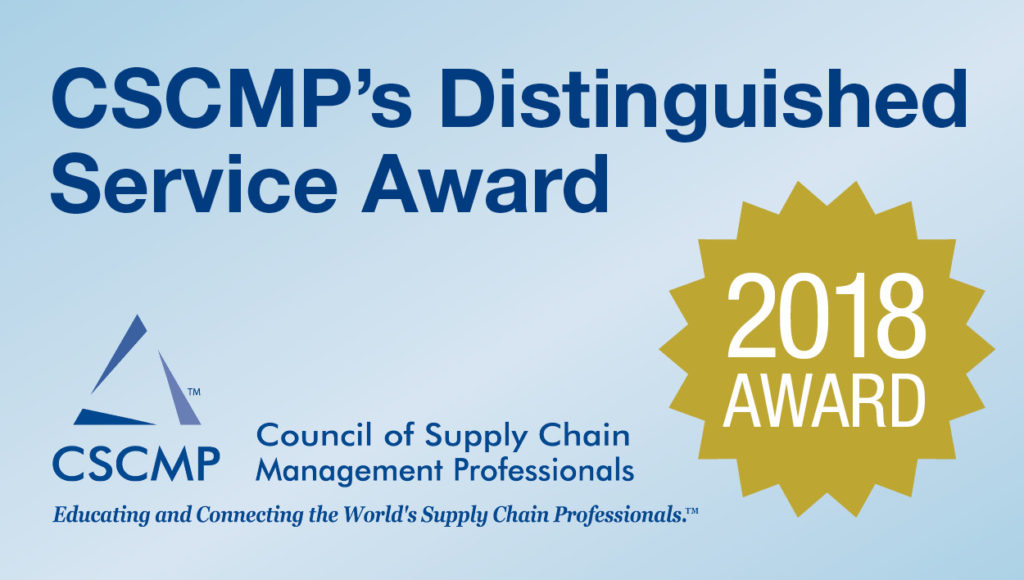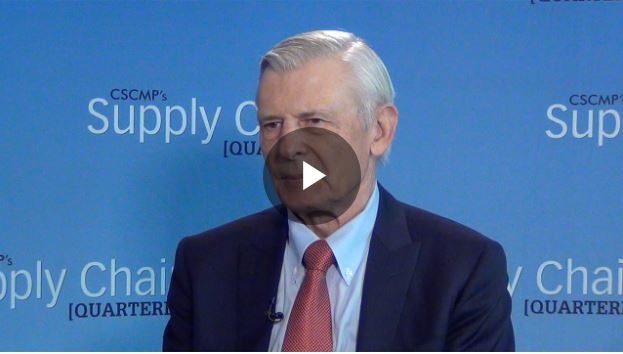Lokad TV chatting with leading supply chain thought leader and author Dr John Gattorna on explaining his concept of Dynamic Supply Chains
© Lokad, January 2022
© Shippeo, November 2021
JLL chatting with leading supply chain thought leader and author Dr John Gattorna on how companies are responding to disruption, the cost of #resilience and the impact to #logisticsrealestate
September 2021

Dr John Gattorna was presented with the CSCMP’s Distinguished Service Award on 1st October, 2018 for his outstanding contribution to the profession over 40 years. As the DSA recipient he was also inducted into the CSCMP Hall of Fame on 2nd October, 2018 alongside IT executive Michael Dell; management guru Peter F. Drucker and railroad pioneer George Stephenson.

Click link below for the full interview with CSCMP Supply Chain Quarterly, 01 October 2018
